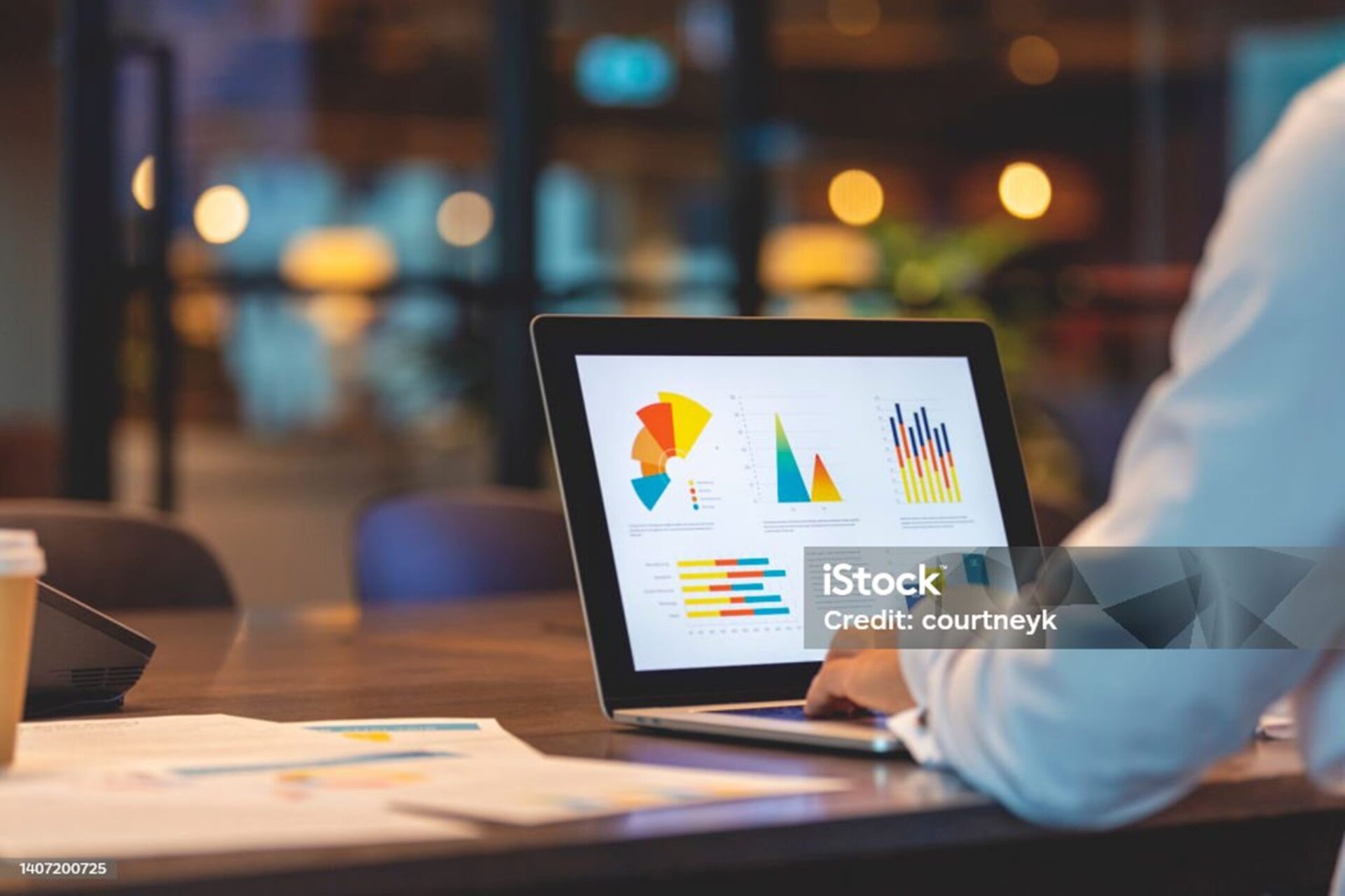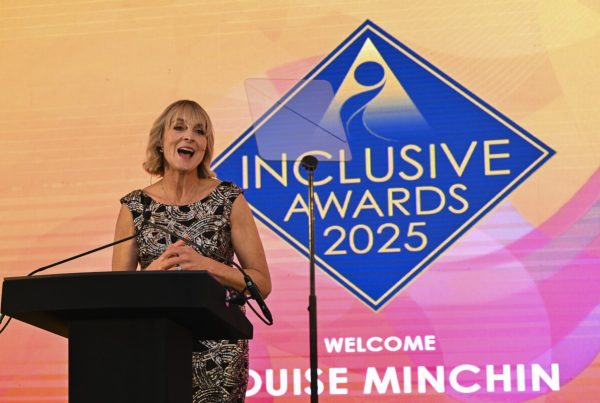Written by Toby Andersen, Manager at Vidett – the professional trustee firm.
Pension dashboards are set to transform how individuals engage with their retirement savings, making it easier to track pensions and plan their retirement.
This topic took centre stage at Vidett’s recent Governance Matters Conference in London, where Toby Andersen, Manager at Vidett, was joined by Emma James, Industry Outreach Specialist at The Pensions Regulator (TPR), to share their expertise. Their discussions covered compliance challenges the benefits dashboards will bring, and the steps schemes need to take to prepare for their implementation.
Why are Pension Dashboards needed?
With the introduction of auto-enrolment, millions more people are saving for retirement. However, with people typically working in several different jobs during their careers, many savers lose track of their pots. Research from the Pensions Policy Institute[i] (PPI) reveals the scale of the problem: the total value of lost pension pots now stands at a staggering £31.1 billion.
Pension dashboards aim to address this issue by allowing individuals to view all their pensions securely in one place. This improved visibility will reconnect savers with their lost pots, help them make informed financial decisions, and promote better, long-term planning for retirement.
Key Deadlines and Compliance Requirements
The UK government has committed to a timeline for connecting pension schemes to the dashboards system. Schemes must adhere to a phased schedule, culminating in a final connection deadline of October 31, 2026.
To meet these deadlines, trustees and administrators need to:
- Follow DWP Guidance: Understand the staged timetable and take it into account when planning.
- Develop a Delivery Plan: Ensure processes are in place to meet the connection requirements.
- Engage with TPR: Stay updated with the regulator’s advice and resources.
Data Quality: The Backbone of Pension Dashboards
Accurate, high-quality data is crucial for the success of pension dashboards. The General Code of Practice requires schemes to maintain up-to-date records, and dashboards will rely on this information to match individuals to their pensions.
Steps to ensure data readiness include:
- Reviewing data quality and accessibility.
- Assessing the criteria used for matching pensions to individuals.
- Implementing plans to improve and maintain data accuracy over time.
Emma James emphasised that data quality is integral to compliance and user satisfaction, noting that TPR is committed to taking a pragmatic approach to compliance and is focused on saver outcomes but will be robust in cases of wilful non-compliance.
Choosing the Right Approach
Pension schemes have several options for connecting to the dashboards system:
- Use an existing pensions administrator: Work with current service providers to integrate the system.
- Partner with an Integrated Service Provider: Use external expertise for a smoother transition.
- Build a bespoke solution: Develop a tailored approach, though this may require significant resources.
Trustees must carefully evaluate all these options and decide on the best fit for their scheme.
Challenges and Opportunities
While the dashboards initiative is a positive step forward, it presents challenges for schemes, including:
- Capacity Issues: As the deadlines approach, demand for support from administrators and providers is likely to increase.
- Competing priorities: Schemes must balance dashboard compliance with the many obligations they are currenting working on including GMP equalisation, ongoing regulatory requirements, and possibly Buy In/Out projects
However, Emma James stressed how dashboards have the potential to revolutionise how savers engage with their pensions, reducing the risk of lost savings, and enabling them to see all their benefits in one place, so that they can better plan for retirement.
Practical advice for Trustees
To ensure a smooth journey to compliance, trustees should:
- Make Dashboards a regular agenda item: Regularly discuss progress and challenges during board meetings.
- Prioritise data preparation: Focus on data quality to ensure accurate and timely compliance.
- Plan for testing: Take part in user testing to identify and resolve issues before full implementation.
- Maintain an audit log: Keep track of all decisions made throughout the project, so that you always have backup if anything goes wrong.
- Engage with stakeholders: Work closely with administrators, providers, and TPR to stay aligned with best practices.
A Transformational Opportunity
The introduction of pension dashboards will be a key moment in the UK’s retirement landscape. By providing a centralised view of pensions, dashboards will empower savers, support financial planning, and enhance engagement with retirement savings.
As Emma James remarked, “Dashboards are about more than just compliance—they’re about helping individuals reconnect with their financial future.”
For pension schemes, preparing for dashboards may be complex, but with careful planning and a focus on data quality, it offers a unique opportunity to deliver lasting benefits for savers.
[i] Research indicates that there are 3.3 million lost pension pots | CIPP




